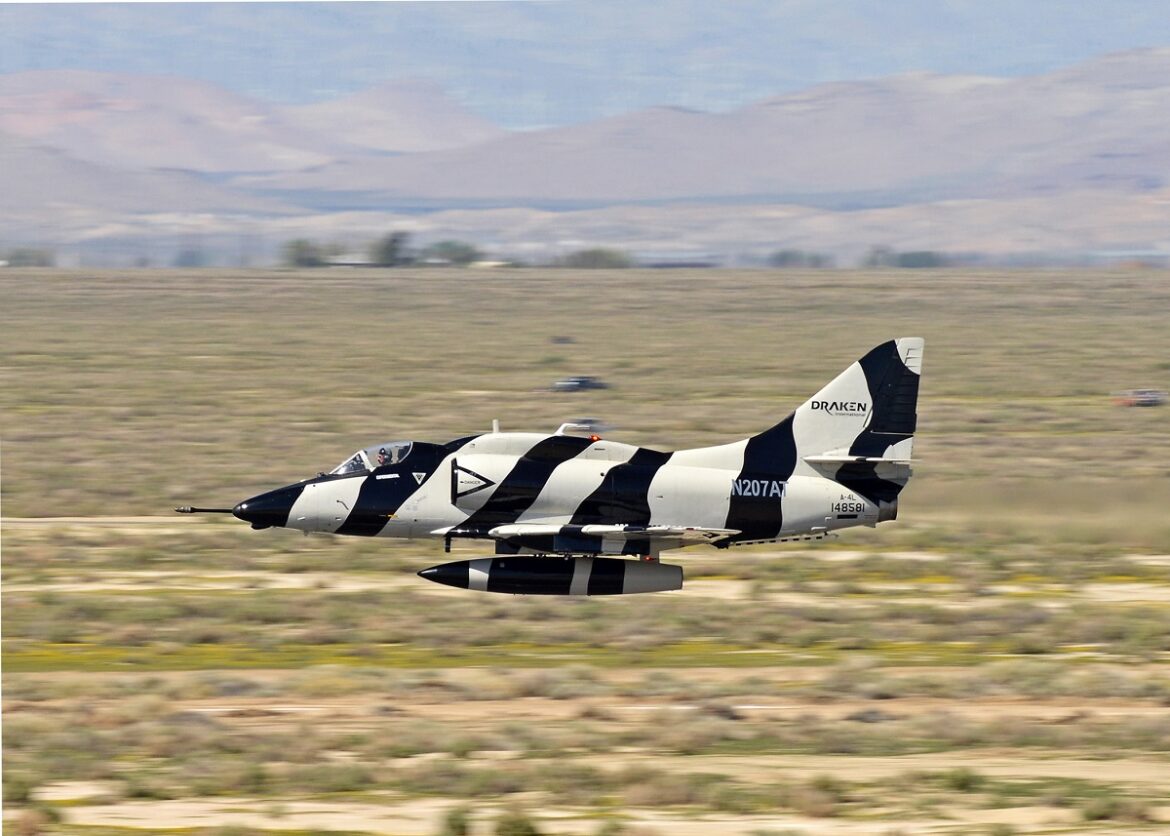‘I had a catastrophic turbine failure that buzz sawed the back end of my plane and turned the plane into a fireball. I was going about 500 knots indicated. I ejected through the fireball,’ Ken VanderHorst, US Navy A-4 Skyhawk pilot
In a military aircraft, an ejection seat is a device meant for rescuing the pilot or other crew of the aircraft in an emergency. The majority of designs involve the canopy coming off and the seat being propelled out of the aircraft by a rocket motor or explosive charge, taking the pilot with it. The ejection seat releases a parachute once it is outside the airplane. To prevent a collision, the seats of two-seat aircraft are ejected at distinct angles.
Pilots had to manually climb out of the aircraft and remove the canopy before ejection seats were invented.
Ejection seats can save lives. But can fighter pilots eject if a catastrophic failure turns their aircraft into a fireball?
‘Yes,’ Ken VanderHorst, former US Navy A-4 Skyhawk pilot, recalls on Quora.
‘Many years ago, I was flying a sand blower mission in an A-4 Skyhawk over the California desert.
‘I had a catastrophic turbine failure that essentially buzz-sawed the back end of my plane and turned the plane into a fireball.
‘There were absolutely no strange noises or other warnings of any kind
‘I was going about 500 knots indicated. I ejected through the fireball. I had some burns and some serious flailing injuries but survived. I later returned to flight duty. So yes, you can eject while on fire. Indeed, that is almost certainly your best option for a serious fire.’
VanderHorst concludes;
‘At 500+ knots your extremities get caught by the air blast, and they “flail” around. I injured my left leg and left arm. I recovered and flew again. But I was warned that when I turned 60, my old injuries would come back to haunt me. I’m 70 this year, and now I understand what the flight surgeon meant. Lots issues.’
U.S. Air Force photo by Jet Fabara

